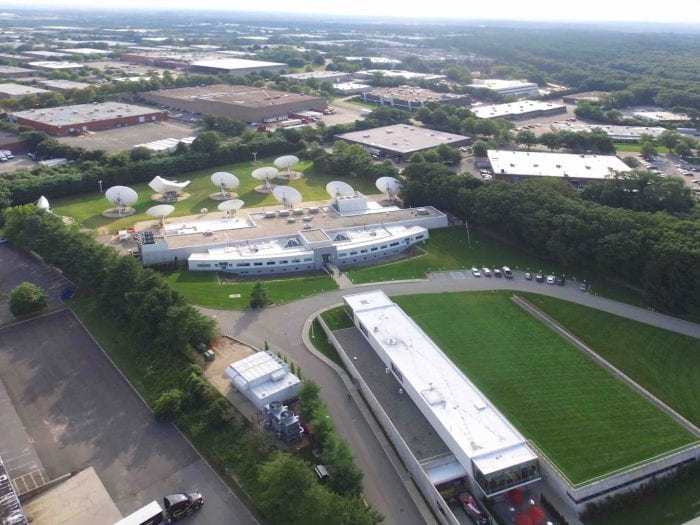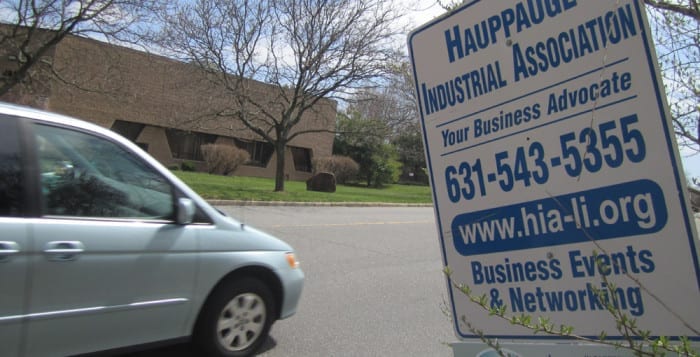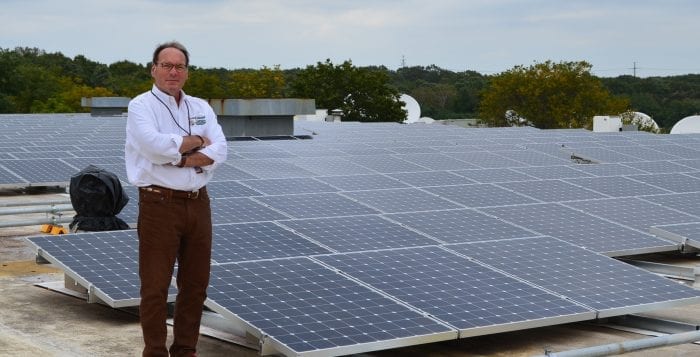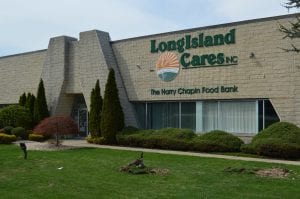The Town of Smithtown is asking the courts to dismiss a lawsuit filed by the Hauppauge Union Free School District.
Earlier this month, the district filed a lawsuit against the town. The case, which would be heard in the Suffolk County Supreme Court, asked that the court annuls town zoning that would allow developers for the first time to build apartments in an overlay district in the Long Island Innovation Park at Hauppauge.
The district alleged that the Town Board didn’t conduct a meaningful environmental review or consider potential impacts related to traffic, wastewater and an increase in enrollment in the Hauppauge school district.
In August, the Town Board approved a plan for developers to apply for special exceptions for mixed-use buildings that would include retail and restaurant space as well as apartments. Any apartments built would be on main roadways in the industrial park such as Motor Parkway and New Highway, and there would have to have a 1,000 square-foot buffer between a residential and commercial property.
Smithtown spokesperson Nicole Garguilo said the town is asking for a dismissal as it is believed that many residents have misunderstood reports about the upcoming development. While there are 13 light-industry lots in that park where mixed-use buildings might be a viable option in the future, news of 1,000 units and a possible 300 new students in the district have been misreported.
She said if developers wanted to flip a property, they would have to go through an environmental review process which includes soil and water samples, among other requirements. Developers would also have to go before the town’s Planning Board and Board of Zoning Appeals before any building could start — a process that could take a few years.
Any possible development will most likely feature studio and one-bedroom units.
That’s “either kids out of college or people who are just starting out in life, or the 55-and-older community who might want to downsize to an apartment who work in the area,” Garguilo said.
She noted that studies show young people who rent in an area tend to buy houses in the same neighborhood when they are ready, and numbers such as 300 new students were speculation of what could happen over a few decades.
Hauppauge Industrial Association of Long Island and the Long Island Builders Institute released a joint statement supporting the town’s zoning change after hearing of the school district’s legal challenge.
“The town engaged in a fair, open and transparent process all along the way,” said Terri Alessi-Miceli, president and CEO of HIA-LI. “I applaud Supervisor Ed Wehrheim [R] and the Town Board for including input from a broad spectrum of community stakeholders before voting for this zoning change.”
Mitch Pally, CEO of LIBI, said it was essential “to create conditions for sustained economic growth on Long Island” and to act strategically “to promote workforce attraction and retention.”
“Modern businesses are mobile, and we’re competing every day with other parts of the country to maintain and grow our business base here,” he said.
Pally added that more real property taxes from the industrial park in the future lower “the amount of real property taxes paid by residential property owners in the district.”
According to the HIA-LI and LIBI statement, Hauppauge industrial park businesses pay more than $44 million in real property taxes to the school district every year, translating into the Hauppauge school district tax rate being 40% lower per residence than the average tax rate in Suffolk County.








